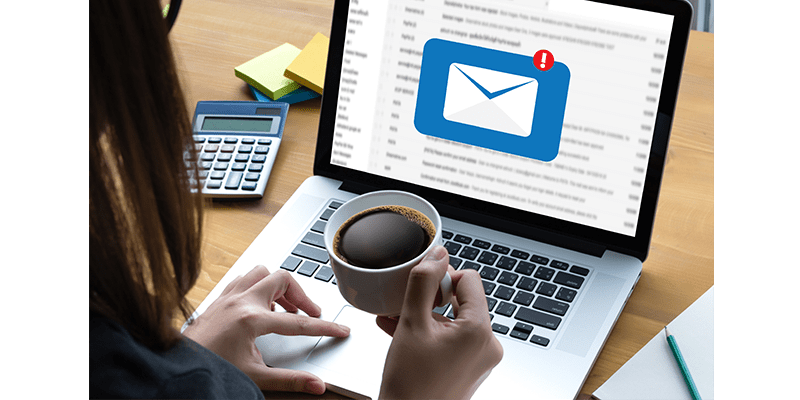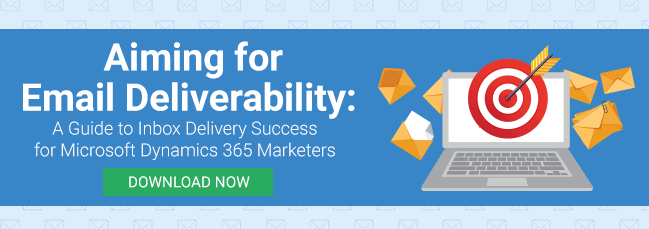
Data drives everything in marketing today. In email marketing, what is successful for a retailer might not work for a law firm – and their individual data will dictate what works best for each organization. However, the emphasis on data doesn’t mean that there aren’t best practices that are generally embraced by marketers. Here are 13 email marketing best practices that every brand should consider as they develop their campaigns:
1. Know your audience. Do you know the target audience for each email you send? Content should always be targeted to as specific of a reader as you can identify. Everything from how old they are to where they live to if they have children to what they like to read and much more. This information matters. If you haven’t already, build out marketing personas so this customer information is always at hand.
2. Have a plan. Knowing your audience leads to having a plan on how to reach them. Build out a marketing calendar and synchronize your emails with your marketing campaigns. Connect the dots between emails, landing pages, calls to action and events.
3. Utilize subscription management. Give your readers what they want through subscription management. Subscription management allows email subscribers to choose which emails they receive from an organization by allowing them to opt in to some types of messages while opting out of receiving others. It could reduce the size of your marketing list, but that list is gold – instead of a bag of rocks mixed with a few pieces of gold. Wouldn’t you rather cultivate more gold and less ordinary rocks?
4. Don’t use purchased lists. Never. Ever. EVER purchase lists. I know, those companies that try to sell you the lists claim those readers would love to hear from you, have opted in…to something…and will bring you leads. Not only is this rarely, if ever true, but those lists can land you in hot water with communication and privacy laws. If they have not specifically asked to be added to your list by signing up in some way, they should not be on your list.
5. Use clean lists. Clean up your lists regularly – at least annually, if not more often. One way to do this is to ask your subscribers to reconfirm their subscription selections (which is also a good time to introduce a new subscription option). Another way is to review your data. Look at who doesn’t open your emails, hard bounces and soft bounces to determine who needs to be removed or updated.
6. Be consistent. Use consistent branding so your recipients don’t need to guess who an email is from. Align your email branding with your website, landing pages, social media, etc. This gives a more professional and polished appearance and helps build familiarity with your organization’s branding.
7. View your email from different perspectives. Different email clients render messages in different ways, especially on mobile. Utilize the inbox preview option in ClickDimensions to see how your email will look on most devices and email clients. Also, send test emails to different devices and email clients. For example, check to see how your email looks in Outlook when sent to your work email address and view it on your phone in a personal email account like Gmail.
8. Avoid excessive code in your emails. Excessive code in your email can negatively impact your deliverability. Stay away from JavaScript, embedded videos and other moving parts as much as possible. These not only can render poorly, depending on the email client, but can also flag your email on the receiver’s firewalls as containing possible malicious code.
9. Don’t bury your CTA. Put your main message and call to action (CTA) in the top third of your emails so it is easily seen. Repeat the CTA up to three times if your email is longer.
10. Utilize personalization. With email personalization, you’re only limited by the information that’s available in your Dynamics 365/CRM instance. From names to geographic location to birthdays and more, add personalization to make your emails feel customized for your recipients.
11. Create a sense of urgency. Include an incentive in the subject line and create some urgency – this is proven to increase open rates. Instead of saying, “Check out our big sale” try “Hurry! Our big sale ends today.”
12. Keep subject lines short. Keep your subject line between 30 and 50 characters, including spaces. Anything greater than that length will be cut off in many email clients, especially on mobile.
13. Plan your timing carefully. “What is the best time to send emails?” It’s a question we get often, and ultimately the answer is, “It depends.” The best practice here is to dig into your data and personas to uncover what works best for your brand.
Happy Marketing!







